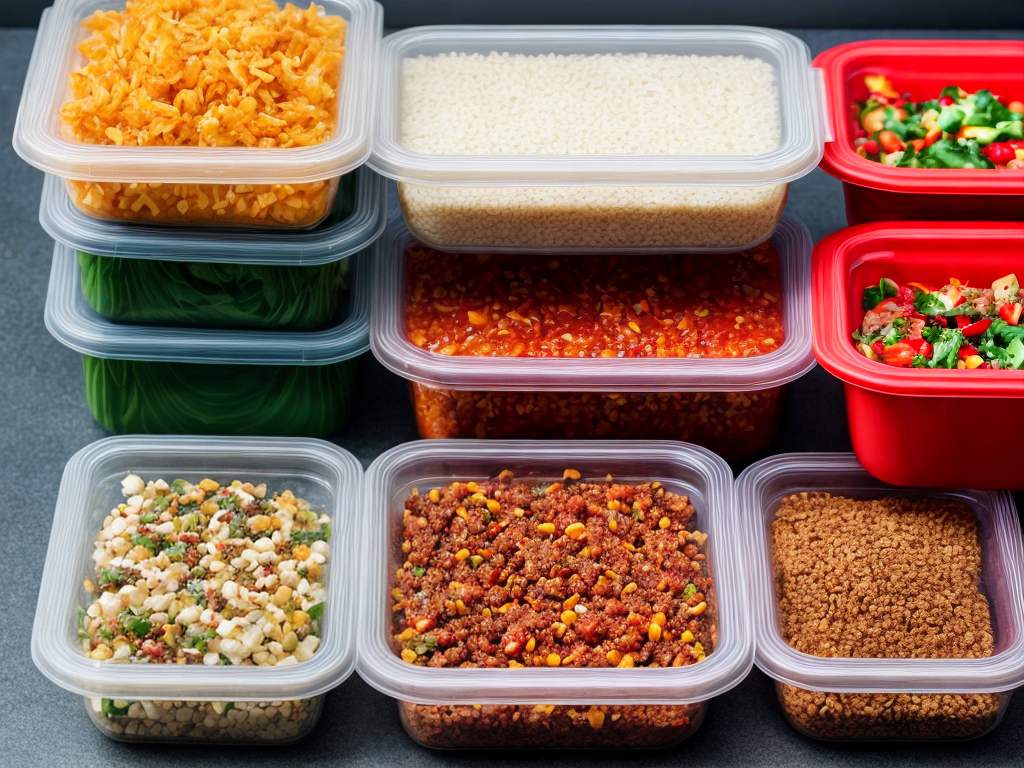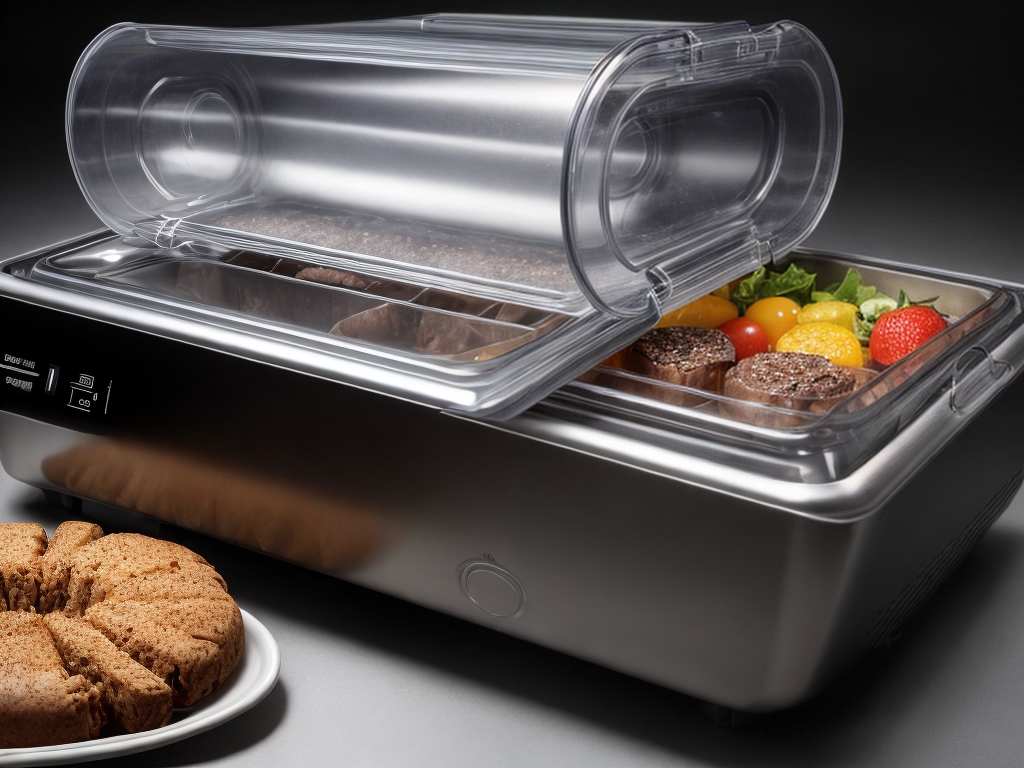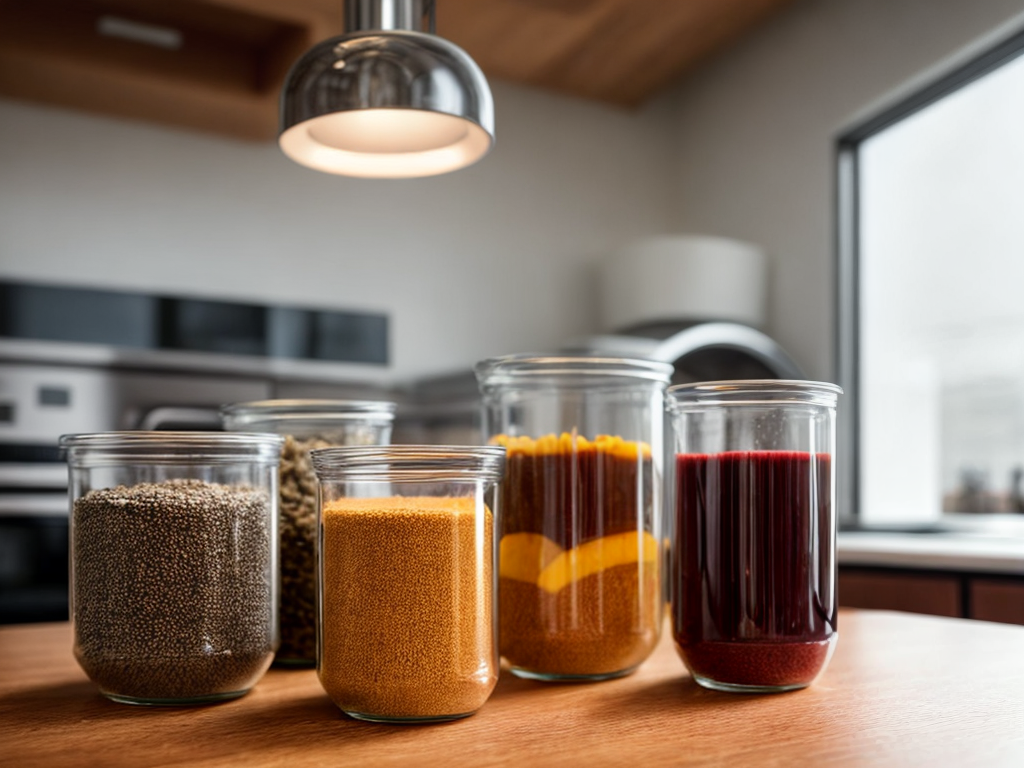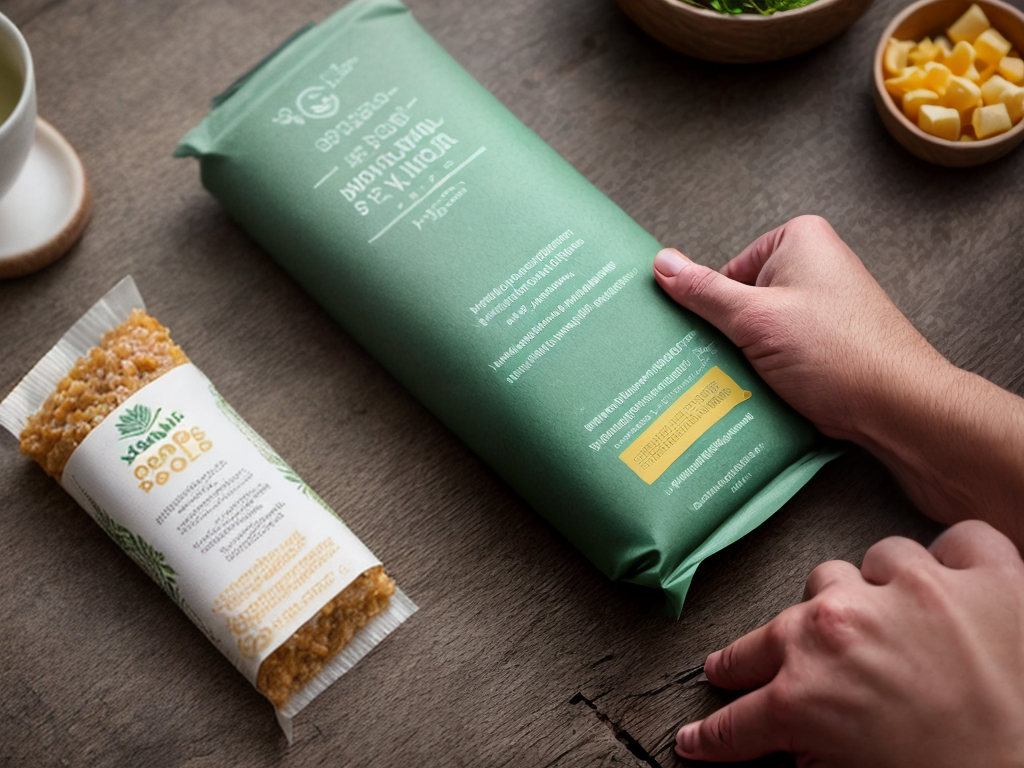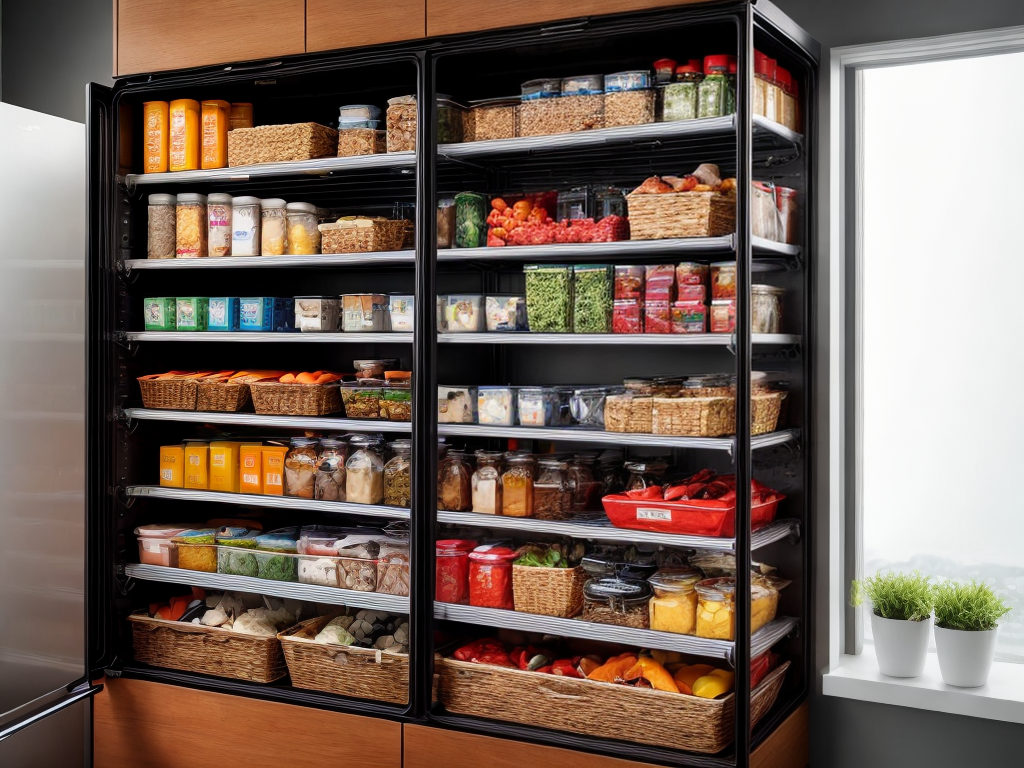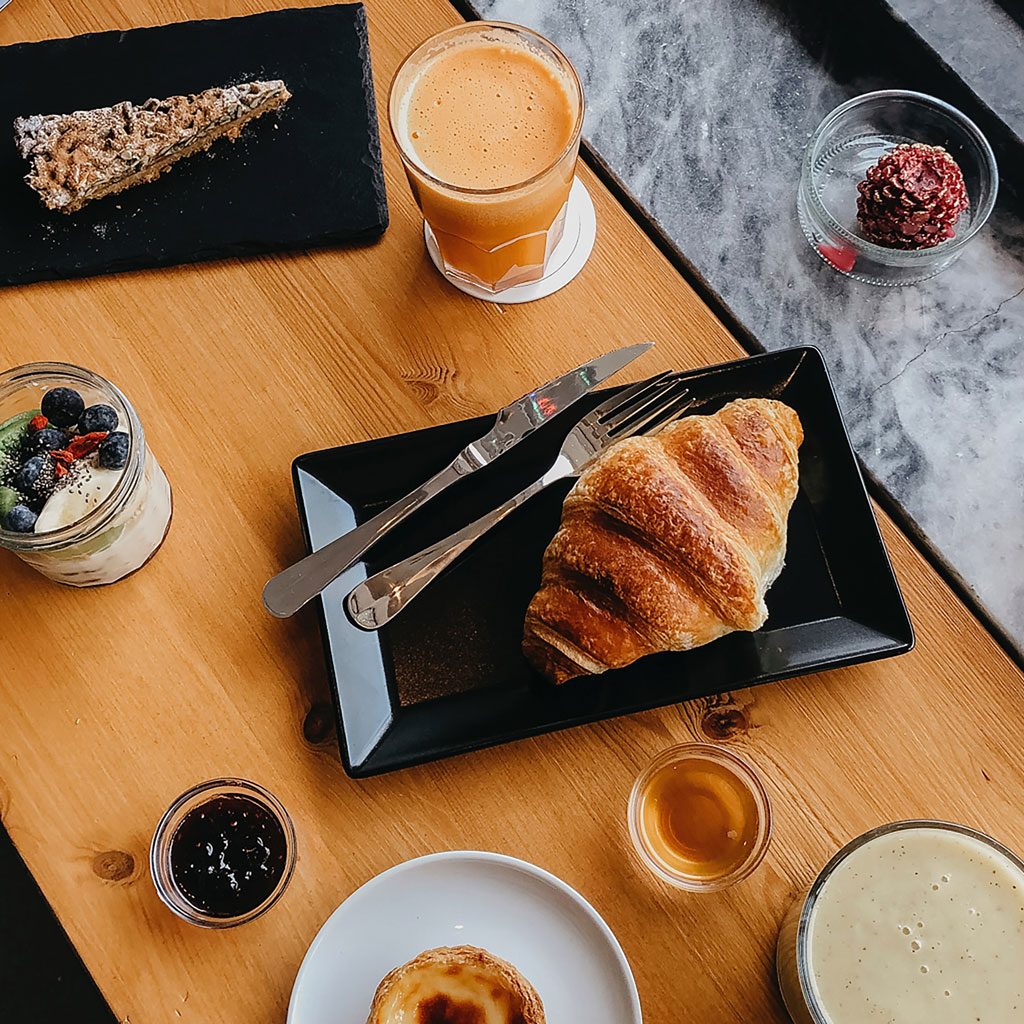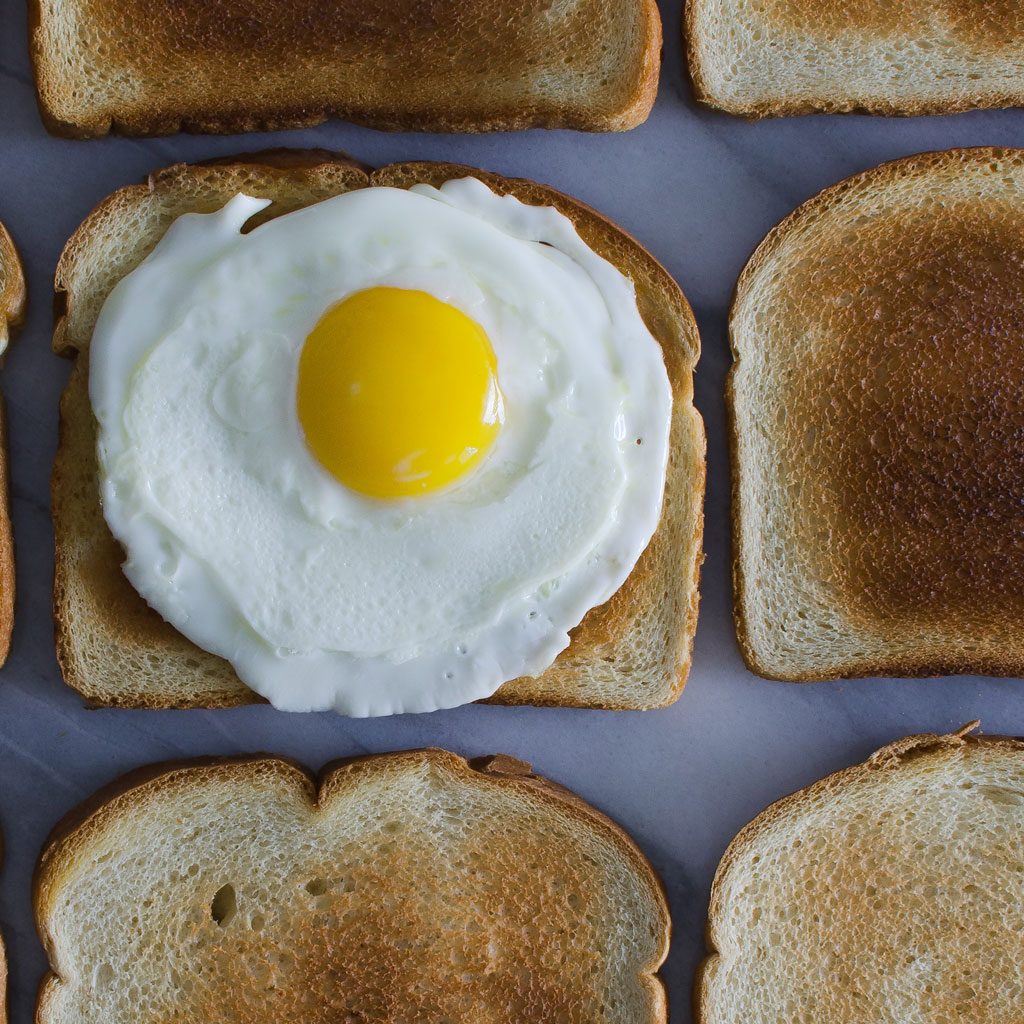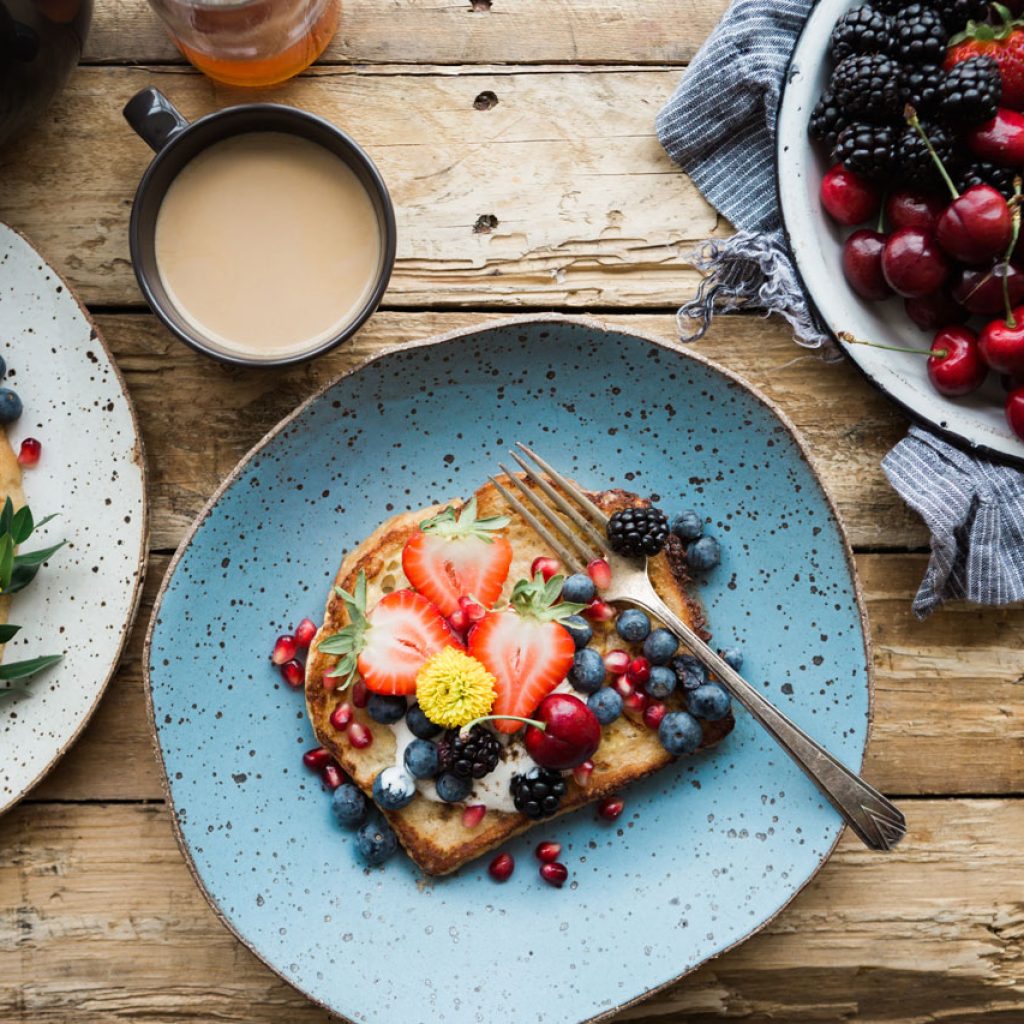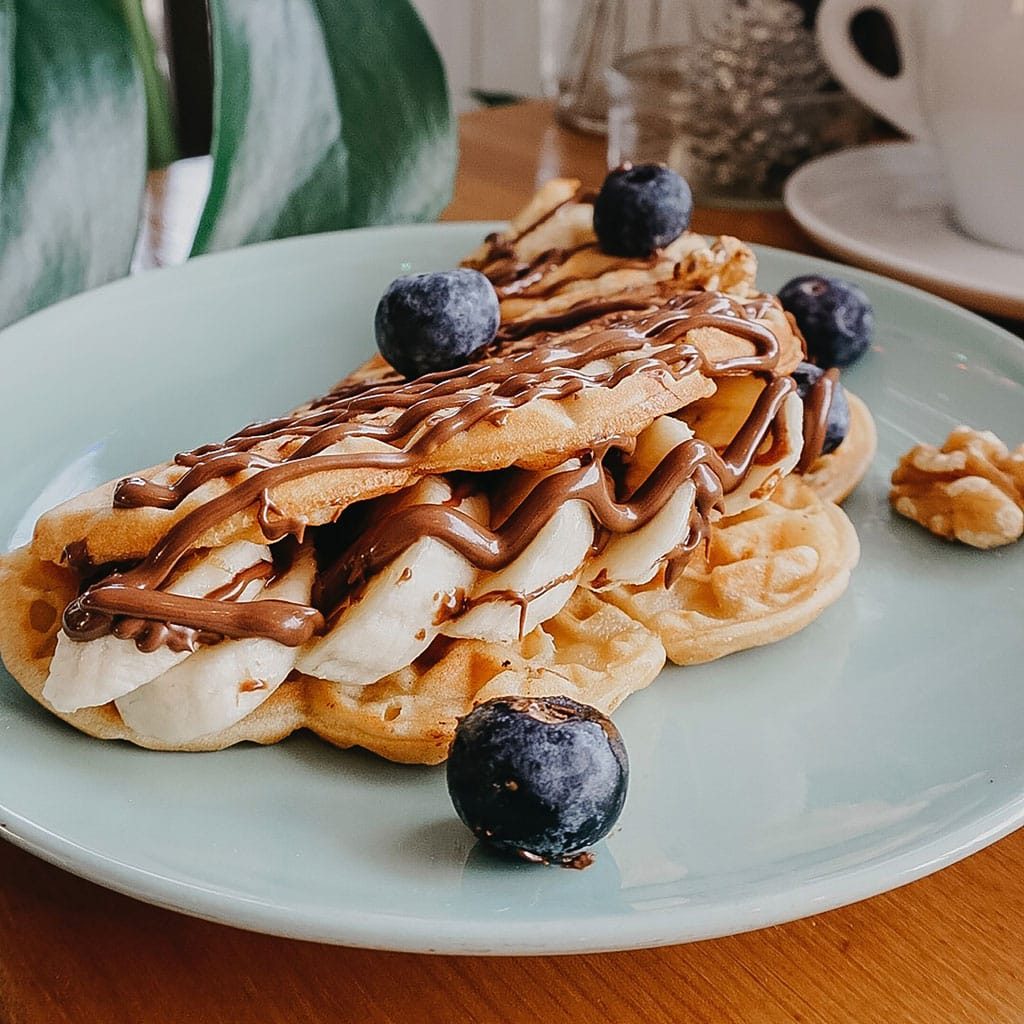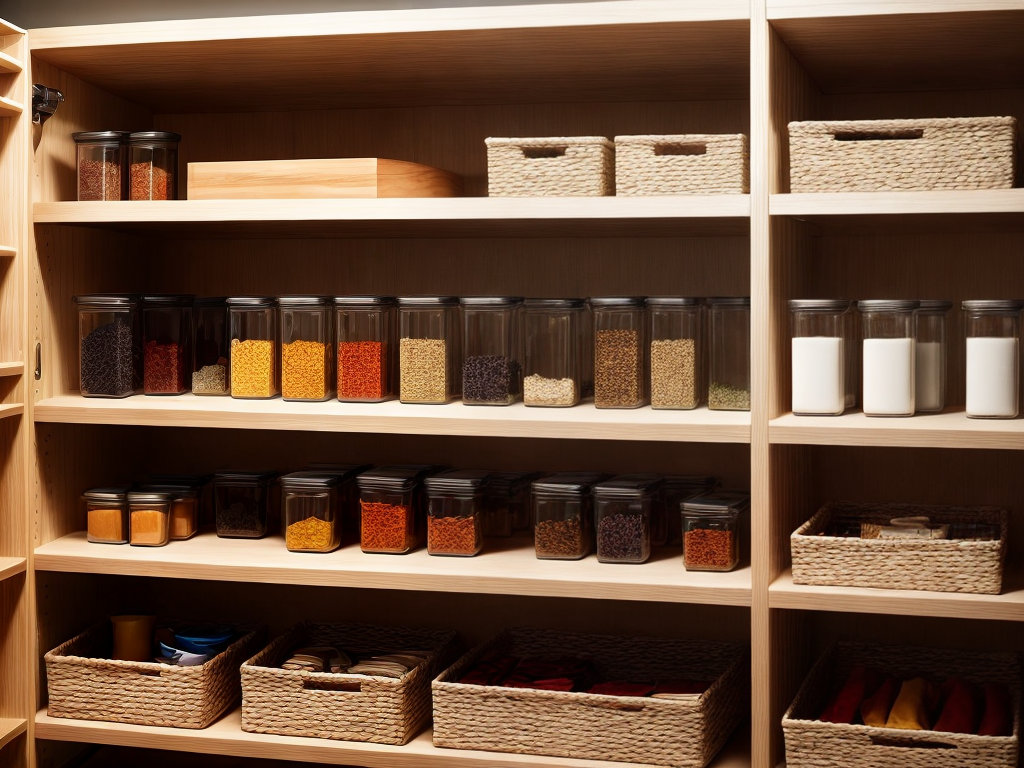
Have you ever wondered how to make the most of your small pantry space? Well, I have some tips that might just help you out. It’s all about organization, and with a few simple strategies, you can transform your cluttered pantry into a well-structured and efficient storage space. From clearing out and assessing your current inventory to utilizing vertical and shelf space, there are plenty of ways to maximize every inch. So, if you’re ready to take your pantry from chaotic to orderly, keep reading to discover these helpful tips.
Clear Out and Assess
To begin organizing a small pantry, clear out its contents and assess what needs to be kept, discarded, or organized. Start by taking everything out of the pantry and placing it on a clean surface. This will allow you to see exactly what you have and make an inventory of your pantry items.
As you go through your pantry inventory, check for expired or spoiled items. Discard anything that is no longer safe to consume. It’s also a good idea to get rid of any items that you no longer use or that are taking up valuable space. Be ruthless in your decluttering process to create more room for the items you actually need.
Once you have cleared out the pantry, it’s time to assess your storage solutions. Take note of the different types of items you have and think about how you can best store them. Consider using clear bins or containers to group similar items together. This will not only make it easier to find what you need but also maximize the use of space in your small pantry.
Categorize and Group Items
After clearing out and assessing your small pantry, the next step is to categorize and group your items. This is an essential step in organizing your pantry effectively. By grouping similar items together, you create a sense of order and make it easier to find what you need. There are several organizing techniques you can use to categorize your pantry items.
One method is to group items by type. For example, create separate sections for canned goods, grains, snacks, and spices. Within each section, arrange items in a way that makes sense to you. You could organize them alphabetically, by expiration date, or by frequency of use. This approach allows you to quickly locate specific items and helps prevent food waste.
Another method is shelf organization. Utilize the available space by using bins, baskets, or clear plastic containers to store smaller items. This not only maximizes the space but also keeps similar items together and prevents them from getting lost or hidden at the back of the pantry. Labeling the containers further enhances organization and makes it easier to identify what’s inside.
Utilize Vertical Space
Utilize the vertical space in your small pantry by installing shelving or hanging organizers. This will help maximize storage and create a more organized and efficient space. Here are some tips to make the most of your pantry’s vertical space:
-
Hanging baskets: Hang baskets from the ceiling or sturdy hooks to store items like fruits, vegetables, or snacks. This will free up valuable shelf space and keep things within easy reach.
-
Door mounted organizers: Install door-mounted organizers to take advantage of the often overlooked space on the inside of your pantry door. These organizers can hold spices, condiments, or even cleaning supplies, making them easily accessible while keeping your shelves clutter-free.
-
Adjustable shelving: Consider installing adjustable shelves in your pantry to accommodate items of different sizes. This will allow you to customize the space to fit your specific needs and prevent wasted vertical space.
-
Stackable containers: Invest in stackable containers to make the most of your pantry’s vertical space. These containers can be easily stacked, allowing you to utilize the height of your shelves efficiently while keeping your pantry neat and organized.
Maximize Shelf Space
One effective way to optimize the space on your pantry shelves is by using storage containers. These pantry organization hacks will help you create a well-structured and efficient system for your small pantry. By using storage containers, you can maximize shelf space and keep your pantry items organized.
Creative storage solutions such as clear plastic bins or labeled jars can help you categorize and store your pantry items more effectively. Using storage containers allows you to stack items vertically, making the most of your shelf space. This not only creates a neat and tidy appearance but also makes it easier to locate and access the items you need.
To further maximize shelf space, consider using adjustable shelving units or adding extra shelves to your pantry. This will allow you to create additional storage space and accommodate items of different sizes.
In addition to using storage containers, another clever hack is to utilize the space on the inside of your pantry door. Install hooks or hanging organizers to hold small items like measuring spoons, kitchen gadgets, or even small bags of snacks.
Invest in Storage Containers
Investing in storage containers is a smart and practical solution for organizing your small pantry effectively. With limited pantry space, it becomes essential to make the most of every inch available. Here are some different types of storage containers to consider:
-
Clear Plastic Bins: These are great for storing small items like spices, packets, and snacks. The transparent design allows you to easily see what’s inside, making it convenient to find what you need.
-
Stackable Containers: Opt for stackable containers to maximize vertical space in your pantry. These containers can be neatly stacked on top of each other, saving precious shelf space.
-
Airtight Containers: Investing in airtight containers is crucial for keeping your dry goods fresh and preventing pests from entering. These containers are perfect for storing items like flour, sugar, and cereals.
-
Pull-Out Baskets: Consider using pull-out baskets to make the most of deep shelves or underutilized corners. These baskets can be easily pulled out, allowing you to access items at the back without any hassle.
Label Everything
To further enhance your small pantry organization, an important step is to label everything for easy identification. A labeling system is essential to keep track of your pantry items and maintain order. By properly labeling your organizing supplies, you can easily locate what you need, avoid wasting time searching, and ensure that everything is in its designated place.
To create an effective labeling system, consider using clear and legible labels that are easy to read. You can use pre-made labels or create your own using a label maker or adhesive labels. Be consistent with your labeling format, using categories or sections that make sense to you and your household.
Below is an example of a simple labeling system for a small pantry:
| Category | Shelf | Container |
|---|---|---|
| Grains | Top | Clear Bin |
| Canned Food | Middle | Wire Basket |
| Spices | Bottom | Spice Rack |
Regularly Maintain and Declutter
Regularly maintaining and decluttering your small pantry is essential for keeping it organized and efficient. Here are some tips to help you stay on top of regular cleaning and ensure efficient storage:
- Set a schedule: Designate a specific day or time each week to clean and declutter your pantry. This will help you stay consistent and prevent clutter from building up.
- Take inventory: Regularly assess the items in your pantry and get rid of any expired or unused items. This will free up space and make it easier to find what you need.
- Group similar items: Arrange your pantry items in categories such as canned goods, spices, or baking supplies. This will make it easier to find specific items and prevent duplicates.
- Use storage containers: Invest in clear, airtight containers to store items like grains, pasta, or snacks. This not only keeps your pantry neat but also helps to extend the shelf life of your food.
Conclusion
In conclusion, organizing a small pantry can be a simple and efficient process with the right strategies. By clearing out and assessing the items, categorizing and grouping them, utilizing vertical and shelf space, investing in storage containers, and labeling everything, you can maximize the storage capacity and create a well-structured pantry. In addition, regularly maintaining and decluttering the pantry will help keep it organized and functional in the long run.

